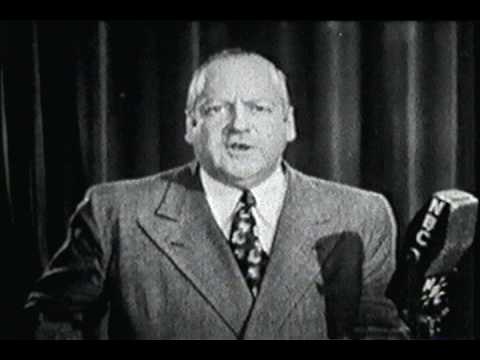FYI…
Audacity for mixing audio is not too bad… but processing via plugs, VST or otherwise is like diggin’ a ditch with a spoon (at least the last time I checked it out, a year or two ago.)
The problem is the fact that Audacity doesn’t process in realtime like most pro-level DAW’s, even on simple things like noise reduction and pitch shifting. You have to pick a small sub-sample (a small bit of your larger recording), apply the adjustment, allow it to “render” for a bit (which can range, depending on the effect/VST/plug-in, from seconds to minutes even on a small sub-sample), to preview the effect. Then you apply the effect to the entire sample (which takes much longer to “render”) and hope that something that wasn’t in the original sub-sample doesn’t like the adjustment.
Although people have mentioned the importance of the microphone, which is of PRIMARY importance. It is, after all, the source of all that comes after and the well known saying, “You can’t polish a turd”, certainly applies, no one has mentioned speakers. If you can’t hear that you have a “turd” in the first place, you’re wasting your time! 
Even top end “Computer speakers” are so heavily “colored” (frequency response curve altered from true flat), that what you hear on YOUR speakers, can be VERY different from what others hear on THEIR speakers. If you’ve ever heard good studio monitors you would be very surprised. They sound so much less spectacular than their $1k+ price tags would imply. But what they DO have is a near flat frequency response across the entire audio range… and when it comes to producing an audio recording that must sound good, or at least similar, across a wide range of speaker systems (from headphones, to dinky 'puter speakers, to full on HD audio systems), accurate speakers are what is required.
For cheap home recording, I use a USB audio interface. Mine is a Tascam that cost less than $150 and includes ¼" input jacks, XLR (microphone) input jacks, and MIDI in/out, as well as pre/post monitor (speaker) outputs. It came with a version of Cubase, which is a decent DAW app (“Digital Audio Workstation” if ya didn’t know… it’s like a mixing board, tape deck, effects rack, rolled into one). I also have a pretty good Sennheiser mic that cost about $200, and a cheap Casio keyboard (~$30) with MIDI I/O that I use to trigger samples & software synths. The rest of my software (VST fx plug-ins and synths,) I got for free on the interwebs.
For output, I surely didn’t want to spend the $$$ on expensive studio monitors and, more importantly, I didn’t want to drive the wife or the dog completely bonkers, so I chose a good set of headphones. Get a good “cup” style that encloses the ear. Open type small personal listening device headphones just don’t cut it. Unless you spend a lot, the bass response is not as good as the “cup” style, and they don’t isolate outside noise nearly as well.

 Set Mc Farlane with increadible voice control makes all of these, taken from wiki.
Set Mc Farlane with increadible voice control makes all of these, taken from wiki.
